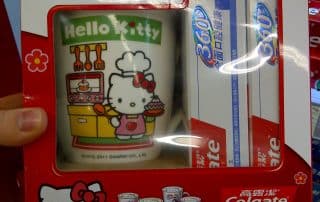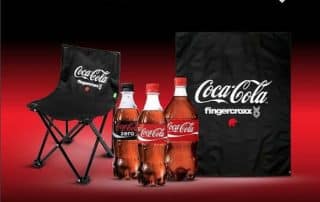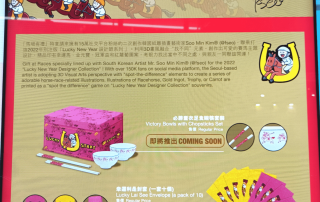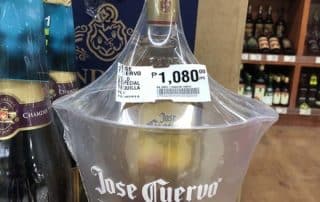When two famous brands team up, it’s not just a partnership, it’s a powerhouse of shared values, appeal to the masses, and, of course, more visibility. These collaborations, called co-branding partnerships, can give both brands a big boost and take them to new heights of success.
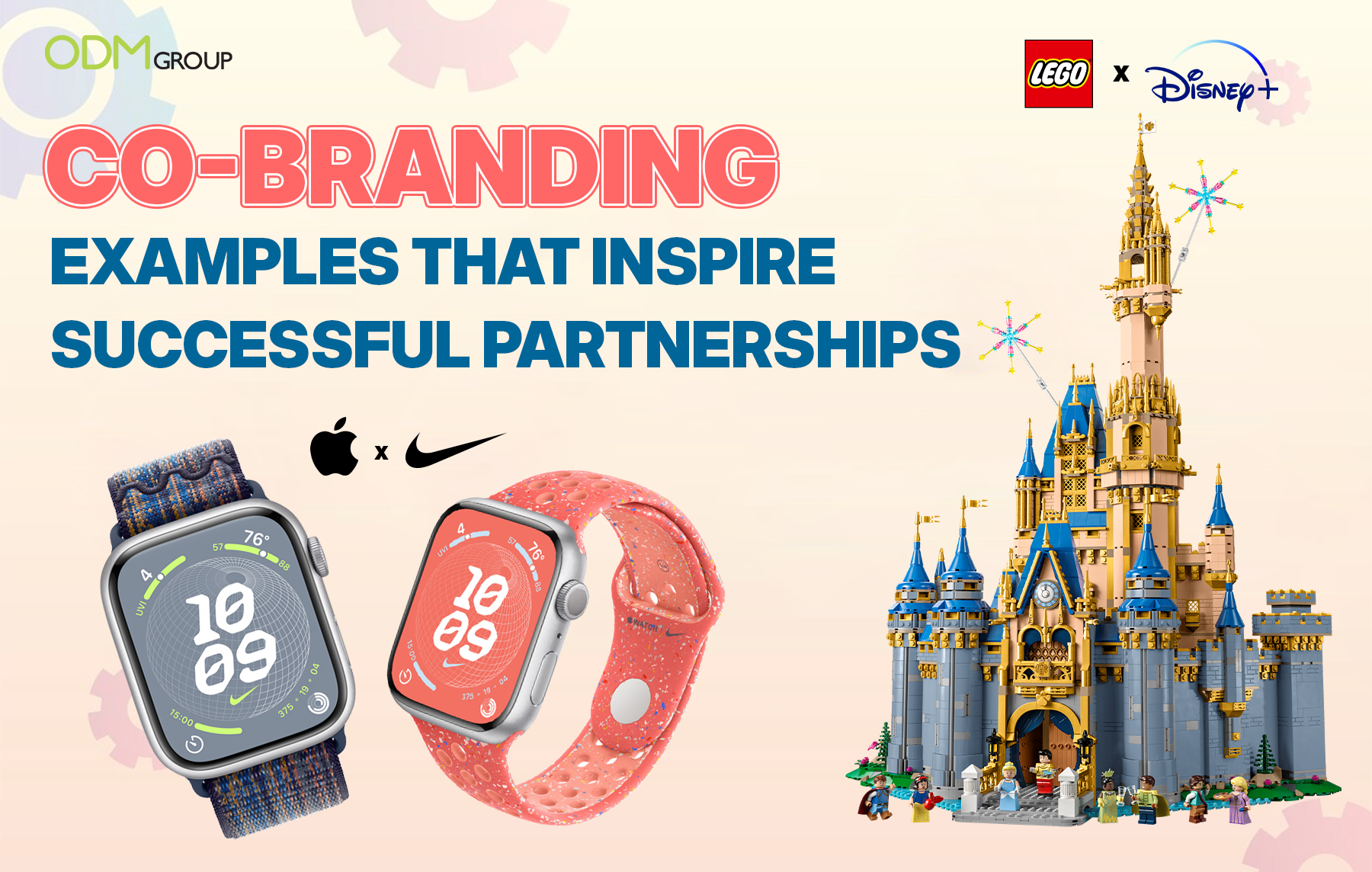
Today, we’ll explore some of the most successful co-branding examples to inspire businesses looking to expand their reach and create memorable campaigns. Let’s see how these alliances have worked wonders and what we can learn from them.
What is a Co-Branding Partnership?
Co-branding is a strategic marketing strategy where multiple brands collaborate on a single product or service. This partnership, often referred to as a brand partnership, typically involves at least two companies working together.
The primary objective of co-branding is to leverage the market influence, brand recognition, and positive reputation of each brand. This strategy motivates consumers to spend more on their products or services. It also gives the product a competitive edge over private-label competitors by associating it with well-known brands.
Co-branding is a smart strategy for businesses looking to expand their reach, increase profits, and enhance their reputation. It appeals to a diverse audience—from retail stores to restaurants, car manufacturers to tech giants—each utilizing their unique brand strengths for mutual benefit.
Benefits of Co-branding
Co-branding is used because it brings many benefits to both sides of the campaign. Among many, you can expect:
| Boosting Trust Through Association
Co-branding is a strategic partnership where brands collaborate, gaining credibility by aligning with other esteemed companies. This alliance often elevates the product’s or service’s perceived value and reliability in the eyes of customers. |
Expanding Audience Reach
Through co-branding, businesses can broaden their market reach, introducing their products to new segments. This strategy capitalizes on the combined customer bases of the brands involved, paving the way for greater visibility and engagement with diverse groups. |
| Sharing the Load
A key advantage of co-branding is the mutual sharing of expenses and resources. This collaboration can lead to more innovative marketing strategies and campaigns, potentially boosting the return on investment for both parties. |
Doubling Down on Marketing
When brands coalesce, their marketing power amplifies. Co-branded initiatives can make a more substantial impact by pooling their budgets and efforts, extending their influence across a broader audience. |
| Opening New Revenue Streams
Co-branding opens doors to new market opportunities and customer attraction. Co-branded offerings can drive up sales and profits by harnessing each brand’s strengths and specialties. |
Polishing Brand Images
Co-branding partnerships can significantly enhance the image of the involved brands. Aligning with a renowned and respected brand can bolster a company’s standing and foster greater consumer confidence. |
Examples of Successful Co-Branding Partnerships
Example 1: Nike and Apple
Nike and Apple teamed up in a fruitful collaboration to bring forth the Nike+ product line. This partnership led to the fusion of Apple’s advanced technology with Nike+ running shoes, enabling runners to monitor their performance via the Apple Watch or iPhone.

This synergy not only enriched their product range but also fostered deeper customer involvement by effortlessly merging athletic performance with state-of-the-art technology.
Example 2: GoPro and Red Bull
GoPro and Red Bull have made a name for themselves as leaders in the world of adventure and extreme sports marketing. They formed an energetic partnership that revolved around content marketing. By leveraging GoPro cameras at Red Bull’s high-octane sports events, they were able to create electrifying action sports content.

This partnership did more than just capture heart-stopping action shots – it also increased the global visibility of both brands among action sports enthusiasts. Their successful strategy of highlighting thrilling adventures and intense moments played a crucial role in their success.
Example 3: Uber and Spotify
Uber and Spotify have truly transformed the ride-sharing scene by integrating in a way that boosts user satisfaction. Now, riders can tailor their Uber journeys by playing their own Spotify playlists during their rides.

This cool feature offers a personalized and enjoyable ride experience, letting users set the perfect mood and soundtrack for their travels. It’s what sets Uber apart from other ride-sharing services, crafting a unique and delightful journey for passengers.
Example 4: BMW and Louis Vuitton
BMW and Louis Vuitton teamed up to craft a luxury travel luggage series that marries the brilliance of automotive engineering with the sophistication of high-end fashion. Louis Vuitton developed an exclusive range of travel bags that fit snugly into the rear seats of BMW i8 electric sports cars.

This collaboration caters to the refined tastes of the luxury market, presenting a flawless fusion of haute couture and top-notch automotive engineering. It offers customers a chic and classy travel experience, showcasing the synergy between these two iconic brands.
Example 5: Starbucks and Barnes & Noble
Starbucks and Barnes & Noble have come together to create co-branded cafes right inside bookstores, taking the customer experience up a notch. This partnership has created a space where customers can unwind and enjoy both reading and sipping on their favorite beverage.

The blend of the enticing aroma of fresh Starbucks coffee and the joy of flipping through books has transformed bookstores into more than just a place to buy books. They’ve become destinations for relaxation and enjoyment, offering customers a delightful and immersive experience.
Example 6: Doritos and Taco Bell
Taco Bell and Doritos stirred up a sensation in the fast-food world with their groundbreaking collaboration. They introduced the Doritos Locos Tacos, a one-of-a-kind, scrumptious creation that blended the flavors of both brands into a single tasty treat.

With taco shells crafted from Doritos chips, this inventive product quickly became a crowd favorite, drawing a huge fanbase and giving a significant boost to sales. The Doritos Locos Tacos demonstrated the magic of collaboration, adding a fresh wave of excitement and flavor to Taco Bell’s menu.
Example 7: UNICEF and Target
UNICEF and Target came together in a co-branded campaign that was all about disaster relief. Target put up products co-branded with UNICEF for sale, and a part of the sales went towards helping areas hit by disasters.

This collaboration didn’t just raise a considerable amount of funds for relief efforts, but it also bolstered the image of both brands as socially responsible organizations. By pooling their resources, UNICEF and Target managed to make a big difference and bring about positive change in the lives of those impacted by disasters.
Example 8: H&M and Versace
H&M and Versace teamed up to launch a limited-edition designer collection that brought high fashion within reach of a wider audience, all at affordable prices. Versace crafted an exclusive collection specifically for H&M, extending the allure and elegance of luxury fashion to a broader market.

This partnership caused quite a stir, with long queues forming at H&M stores around the globe and items selling out rapidly. It drew in a crowd that usually shops for designer labels, allowing style-savvy customers to indulge in the opulence and prestige of Versace without breaking the bank.
Example 9: Airbnb and National Geographic
Airbnb and National Geographic teamed up to provide one-of-a-kind and immersive travel experiences focusing on nature and science. This partnership brought Airbnb bookings to a new level by including extraordinary adventures like viewing solar eclipses or taking guided tours led by National Geographic scientists.

By providing these remarkable experiences, the collaboration drew in travelers who have a thirst for adventure and knowledge. It gave them the chance to bond with nature, discover scientific marvels, and gain a deeper understanding of the world we live in.
Example 10: LEGO and Disney
LEGO and Disney came together to launch co-branded LEGO sets, bringing beloved Disney characters and themes to life. This collaboration resulted in a series of LEGO sets that drew inspiration from popular Disney movies like “Frozen” and “Star Wars.” These themed sets quickly became a sensation, winning over both LEGO collectors and Disney lovers.

By offering interactive play experiences that blend the magic of Disney with the creativity of LEGO, this partnership expanded the fan base for both brands, fostering brand loyalty and engagement among a wide array of fans.
What Determines The Success of Co-Branding Partnerships?
Co-branding partnerships can be a powerful strategy to expand reach, break into new markets, and build stronger customer relationships. However, the success of these partnerships isn’t guaranteed and depends on several key factors.
First off, the brands need to be a good match that shares similar values, appeal to the same audience, and have a comparable market position. Imagine a high-end brand teaming up with a budget one – it could leave customers scratching their heads and tarnishing the image of the luxury brand.
Next, both brands need to be on the same page about what they want to achieve. Are they looking to boost brand awareness, break new ground in the market, or add something fresh to their product line? Whatever the goal, it should be a shared one to fuel a fruitful collaboration.
Also, the partnership needs to be a win-win situation. If one brand seems to be getting the lion’s share of the benefits, it could lead to claims of unfairness and harm both brands’ reputations.
And let’s not forget about marketing. The partnership needs to be promoted effectively to reach the right audience. This might involve a blend of marketing tactics, from social media campaigns and influencer partnerships to traditional advertising methods.
At the end of the day, the real measure of a co-branding partnership’s success is how it’s received by customers. It should make sense to them, offer tangible benefits, and deliver a positive experience. That’s the key to a successful co-branding partnership.
Get Help Branding Your Business With The ODM Group
Explore the potential of co-branding with The ODM Group. Co-branding can significantly boost your business profile, and achieving success in such ventures greatly depends on having top-notch graphic design.
Together with our design company, Mindsparkz, we’re experts at creating designs that perfectly match the vision of your co-branding projects. Our team of skilled graphic designers is committed to delivering visuals that engage your and your partners’ audiences effectively.
Contact us today to discuss how we can help you create a successful promotional campaign!
